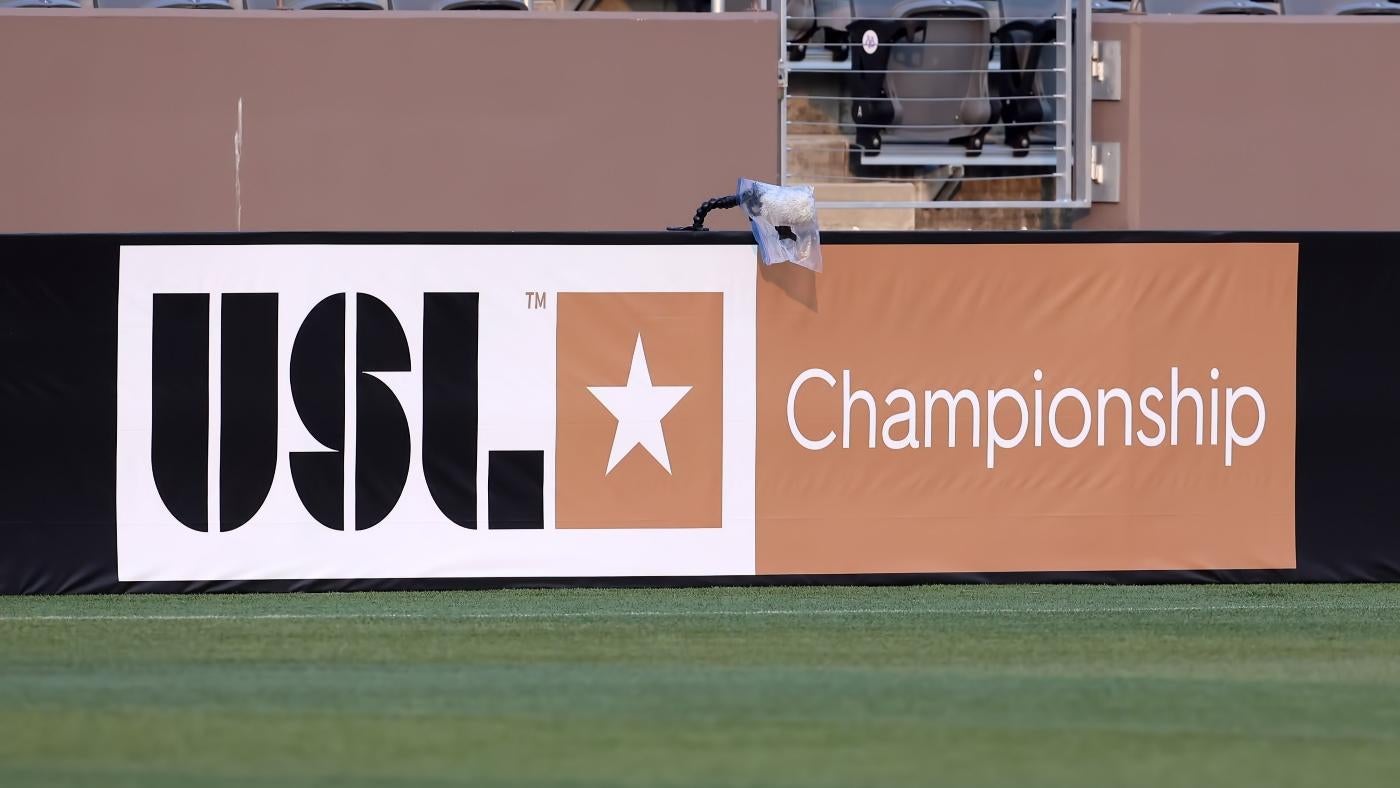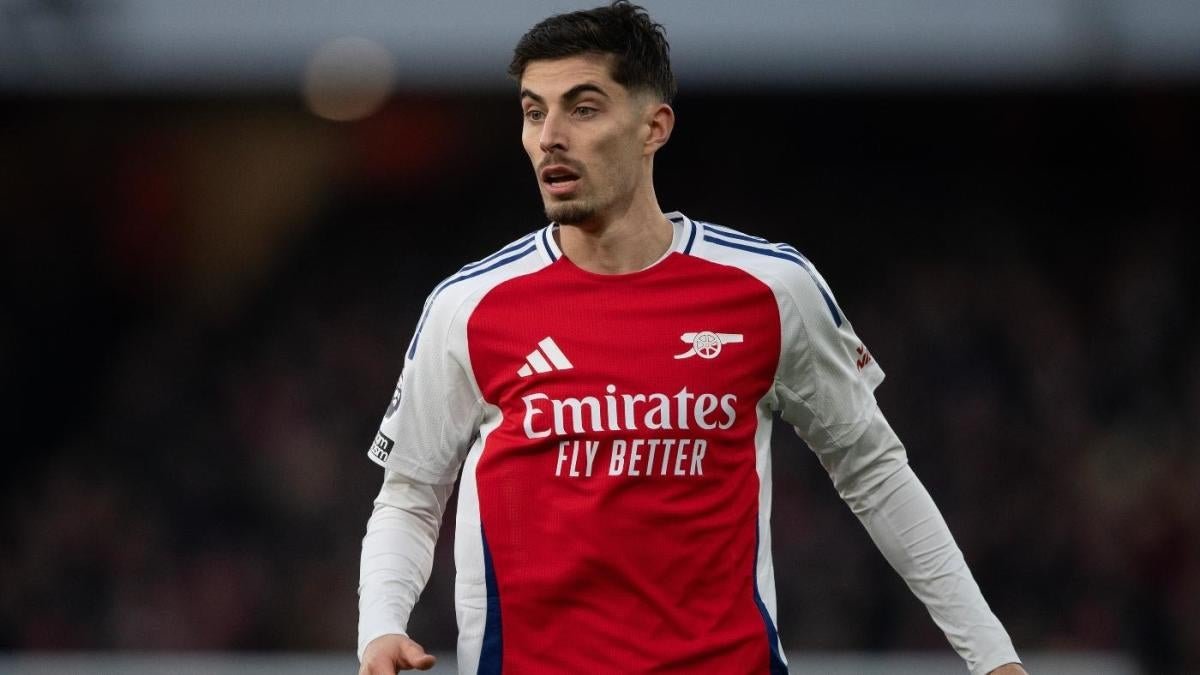
The USL announced Thursday that it will launch a division one men’s soccer league that could rival MLS and is targeting a 2027 start for the new league. In its announcement, the USL cited the growth of soccer in the U.S. as a main reason for creating the new league. The organization aims to capitalize on the hype created by the 2026 World Cup, which will be co-hosted by the U.S., Mexico and Canada, as well as the build-up to the 2028 Olympics in Los Angeles.
“By uniting people through soccer and bringing division one to more cities, we’re not just growing the sport – we’re creating lasting opportunities while building a more sustainable and vibrant soccer ecosystem in the U.S,” USL CEO Alec Papadakis said in a statement.
With the new league, the USL will operate three different men’s soccer leagues, including the second-tier USL Championship and the third-tier USL League One, both of which are already operating and host a combined 26 teams. The structure also lends itself to the idea of promotion-relegation, a staple of European soccer that has never been tried in the U.S. and is something that the USL’s leaders have long expressed interest in.
Though the USL’s incoming league will technically hold the same spot on the American soccer pyramid as MLS, it is unclear how exactly the new league will compete with MLS. There is a near guarantee of overlap between the two leagues, though, and certain tension points that would come along with it.
Here’s an explainer on the evolving structure of club soccer in the U.S.
Which teams will be in the USL’s new league?
It is currently too early in the process, though it’s very possible that teams in the USL’s other leagues will make the jump up to the top-tier league. Owners of teams in the USL Championship and League One were notified of the USL’s decision to launch a new league on Wednesday evening, per The Athletic.
What are the standards to form a division one league?
U.S. Soccer requires division one men’s soccer leagues to have a minimum of 12 teams located across the Eastern, Central and Pacific time zones. Additionally, 75% of those teams must play in metropolitan areas with populations of at least one million people.
Teams in a division one men’s league must also have stadiums with a minimum capacity of 15,000, as well as owners that can prove financial viability for five years. Each team must have full-time staff, while the league will also be required to have full-time operations staff and a broadcast partner. The USL currently has a broadcast deal with CBS Sports that runs through the end of the 2027 Championship and League One seasons.
The USL Championship currently has three teams that meet the population and stadium requirements – Birmingham Legion, Miami FC and Oakland Roots – while another three expansion teams in Dallas, Palm Beach, Fla., and Buffalo, N.Y. could join that group if they land the right stadiums.
USL’s history with MLS
The USL has historically operated at a level below MLS, serving as a feeder league of sorts for players, coaches and even eventual MLS teams. Seven eventual MLS expansion teams first competed in the USL: the Seattle Sounders, the Vancouver Whitecaps, the Portland Timbers, CF Montreal, Orlando City, FC Cincinnati and Nashville SC.
The geographical overlap between MLS and the incoming league is obviously unknown at this time, but could be inevitable – Dallas, for example, is already home to MLS’ FC Dallas. The USL’s new league could position itself as a more affordable alternative to MLS for prospective investors since expansion fees are skyrocketing in the country’s existing division one men’s league. San Diego FC will enter MLS as the 30th team this year, and the club’s ownership group paid $500 million to enter the league.
USL leaders argue that there’s room for growth outside of MLS’ 30-team presence, describing the country’s overall footprint as similar to the entire continent of Europe.
“If soccer in the country is truly going to grow, it’s going to grow outside of 30 or 32 markets,” USL president Paul McDonaugh told The Athletic.
It is also unclear how the competition for talent between MLS and the USL’s new league will materialize. MLS salaries are wide-ranging considering the types of players in the league, but the league’s average salary was just under $600,000 in 2024. How competitive salaries could get in American soccer is something to keep an eye on, since MLS operates within a salary cap and the USL does not. MLS teams will work with a salary cap of $5,950,000 for 2025, but a series of league rules allow clubs to exceed the cap.
There’s also an argument to be made that more top-tier teams will further the development of soccer players in the U.S., with many believing that there are still not enough talent pipelines in a nation of more than 330 million people.
Is there precedent for two division one leagues?
As of last year, there are two division one women’s soccer leagues – the NWSL and the newly-formed USL Super League. There is overlap in the New York City and Washington, D.C. metropolitan areas, but the financial differences between the two leagues means there is not a lot of competition for players at this time.
The two leagues enjoy a friendly relationship, at least from the sporting side. NWSL clubs have formed partnerships with USL Super League clubs, with Orlando Pride sporting director Haley Carter telling CBS Sports she views the USL Super League as an important opportunity to scout up-and-coming talent.
U.S. women’s national team head coach Emma Hayes also named Brooklyn FC goalkeeper Neeku Purcell as the only USL Super League player on the January camp roster, while the leadership groups of both leagues are also cordial.
“We’ve seen some NWSL players, former NWSL players who didn’t find a place on our rosters get signed in the USL,” NWSL commissioner Jessica Berman said at the league’s media day in January. “That’s great. The more opportunities there are for the game to grow in our country and globally, the better it is for our sport and so we have a great working relationship and collaborate where we can to make sure that the game is healthy in the U.S.”



